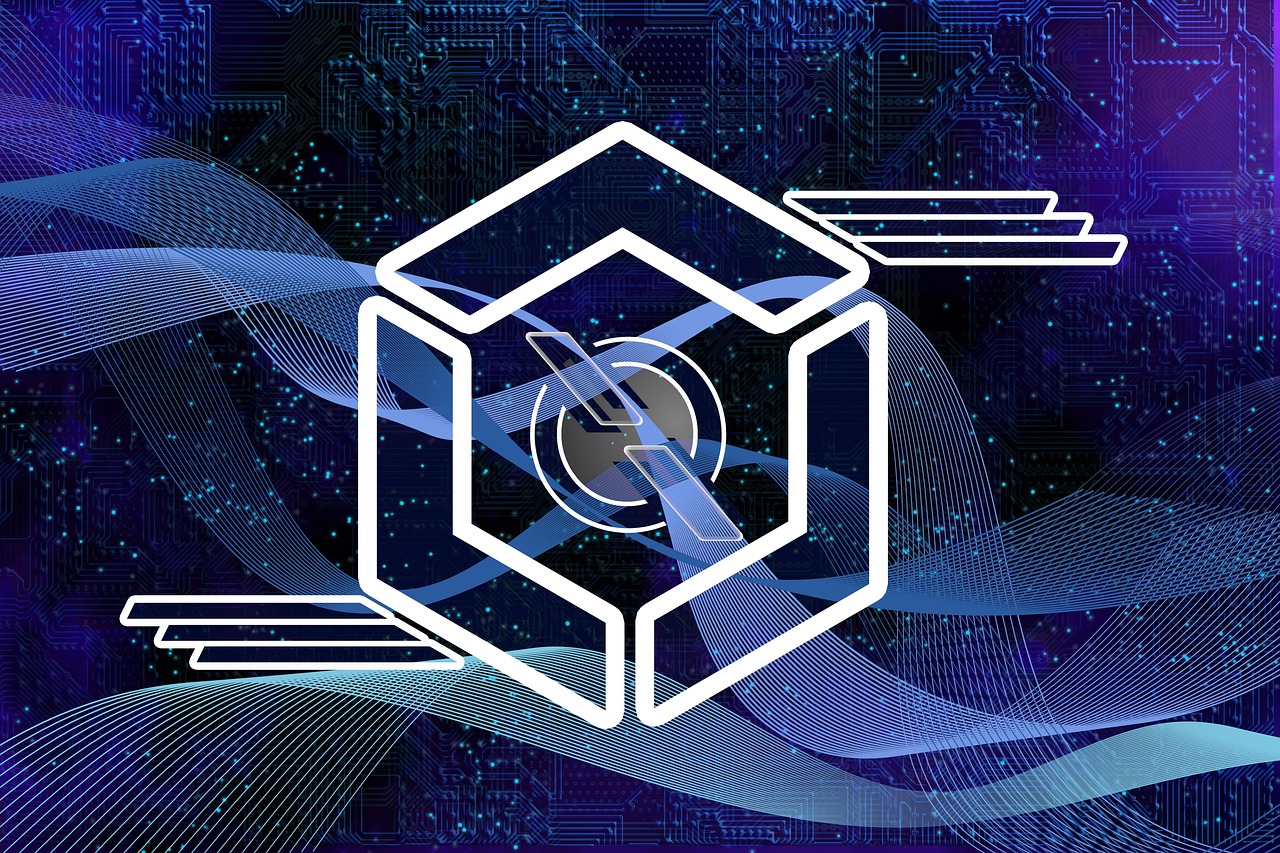Both Flask and Django are popular web frameworks for building web applications in Python. The ease of learning between the two largely depends on your prior experience and the specific requirements of your project. Here’s a general comparison to help you decide:
Table of Contents
Flask:
- Simplicity: Flask is known for its simplicity and minimalism. It provides a lightweight and flexible framework, making it easier for beginners to grasp the core concepts. Its small codebase and modular design allow you to pick and choose components according to your project’s needs.
- Learning Curve: The learning curve for Flask is generally considered to be less steep, especially if you’re already familiar with basic web development concepts and Python.
- Flexibility: Flask gives you more freedom in terms of architecture and design choices. It’s suitable for smaller projects, APIs, and microservices.
- Less Built-in Features: Flask provides only the essentials out of the box, which means you might need to integrate third-party libraries for more advanced features.
Django:
- Full-Featured: Django is a full-stack framework that comes with many built-in features, including an ORM (Object-Relational Mapping), authentication, admin interface, and more. It’s designed to handle complex applications with less effort.
- Opinionated: Django follows the “batteries-included” philosophy, which means it makes certain architectural decisions for you. While this can speed up development, it might be overwhelming for beginners.
- Learning Curve: Django’s extensive feature set and conventions can result in a steeper learning curve compared to Flask, especially if you’re new to web development.
- Rapid Development: Once you’re familiar with Django, it can greatly accelerate the development process for larger and more complex applications.
If you’re new to web development and want to start with something lightweight and flexible, Flask might be a better choice. It’s easier to understand and provides more control over your application’s structure. On the other hand, if you’re looking to build more complex projects with built-in features and rapid development capabilities, Django could be the way to go, although it might require a bit more time to learn due to its extensive nature.
Ultimately, the “easier” framework to learn depends on your personal background, project requirements, and preferences. It’s a good idea to explore both frameworks a bit to see which one aligns better with your goals.
What Is Quantum Computing? A Complete Guide to the Future of Technology
In the rapidly evolving world of technology, quantum computing stands out as one of the most revolut…
Edge Computing: The Future of Data Processing and Connectivity
In today’s digital landscape, the rapid growth of connected devices, IoT (Internet of Things), and r…
The Fastest Commercial Broadband for Personal Use in 2025
Why Broadband Speed Still Matters in 2025 Despite the rise of 5G, Wi-Fi 7, and satellite-based conne…


